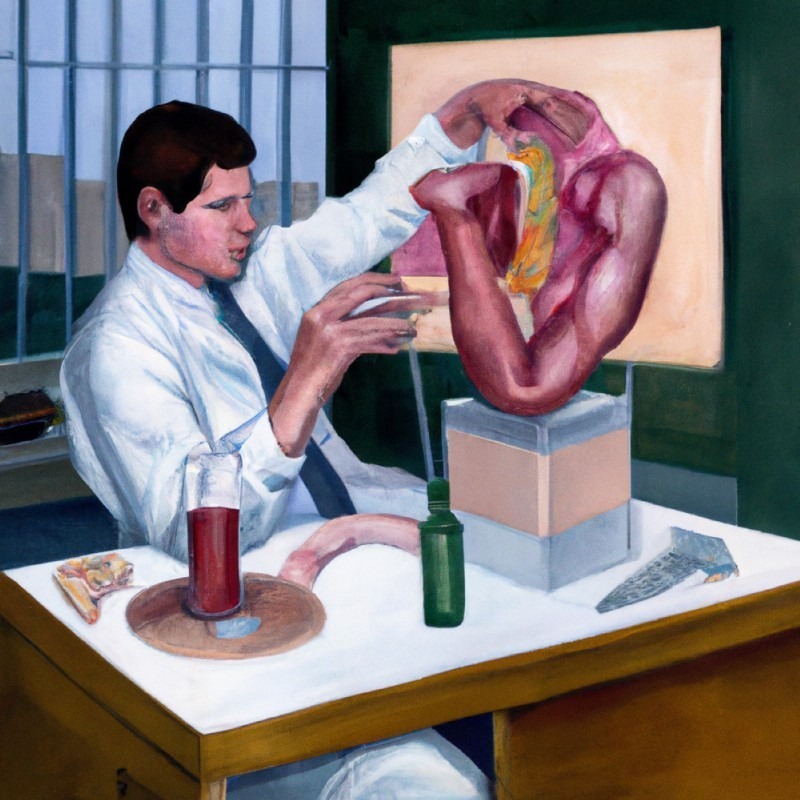“The Future is Under Our Skin: The Rise of Digital Implants and the Impact on our lives” by Mark M. Whelan

Digital implants are devices that are implanted inside the human body and are capable of interacting with digital technologies. These implants can take many forms, from tiny sensors that monitor the body’s functions to devices that allow users to control external technologies with their thoughts.
While digital implants have the potential to greatly improve the quality of life for people with certain medical conditions, they also come with potential drawbacks and risks.
One potential pitfall of digital implants is their invasiveness. Because these devices are implanted inside the body, they require surgical procedures to insert and remove them. This can cause discomfort and potential complications, such as infection.
Another potential pitfall is their reliance on technology. Digital implants rely on electronic components and connections to function, which means that they can be vulnerable to technical failures or malfunctions. This can cause the implants to stop working, potentially leading to serious medical issues.
In addition, digital implants can also raise ethical and privacy concerns. These devices can potentially collect and transmit sensitive personal information, which could be accessed by hackers or used for malicious purposes. This can put the privacy and security of the individuals who use digital implants at risk.
To learn more about emerging trends by Mark M. Whelan or his artwork.
Visit Future Center Ventures

